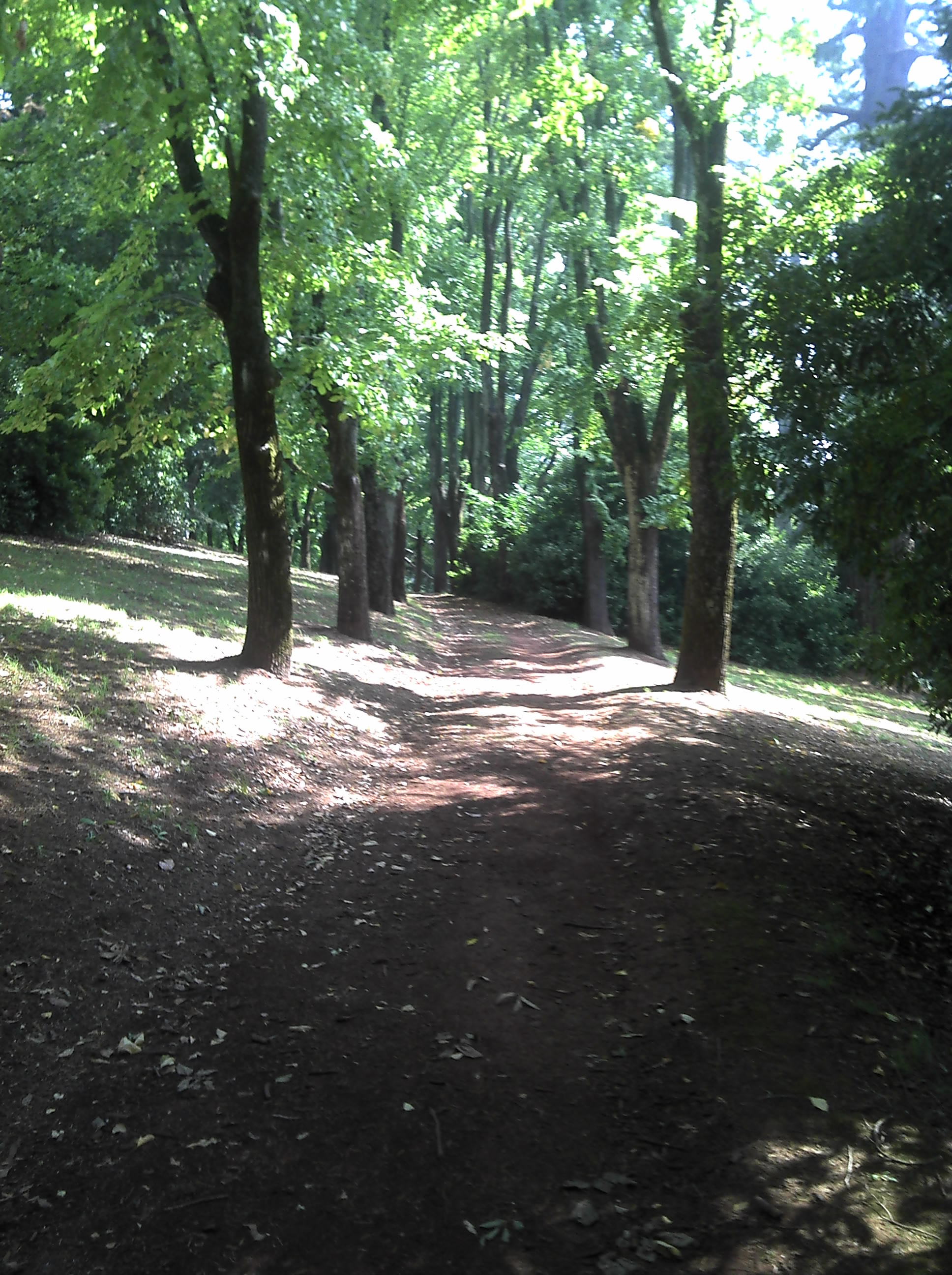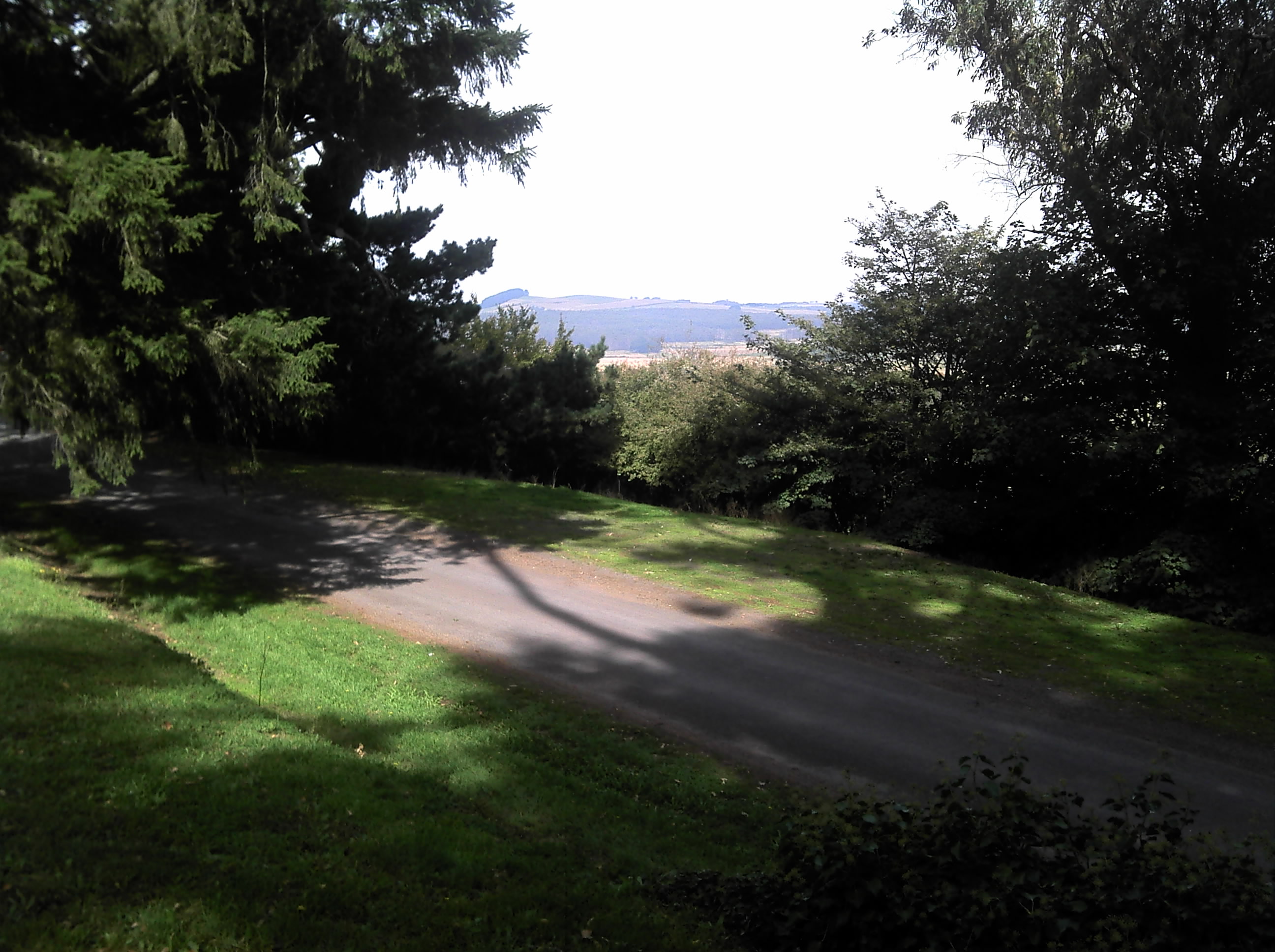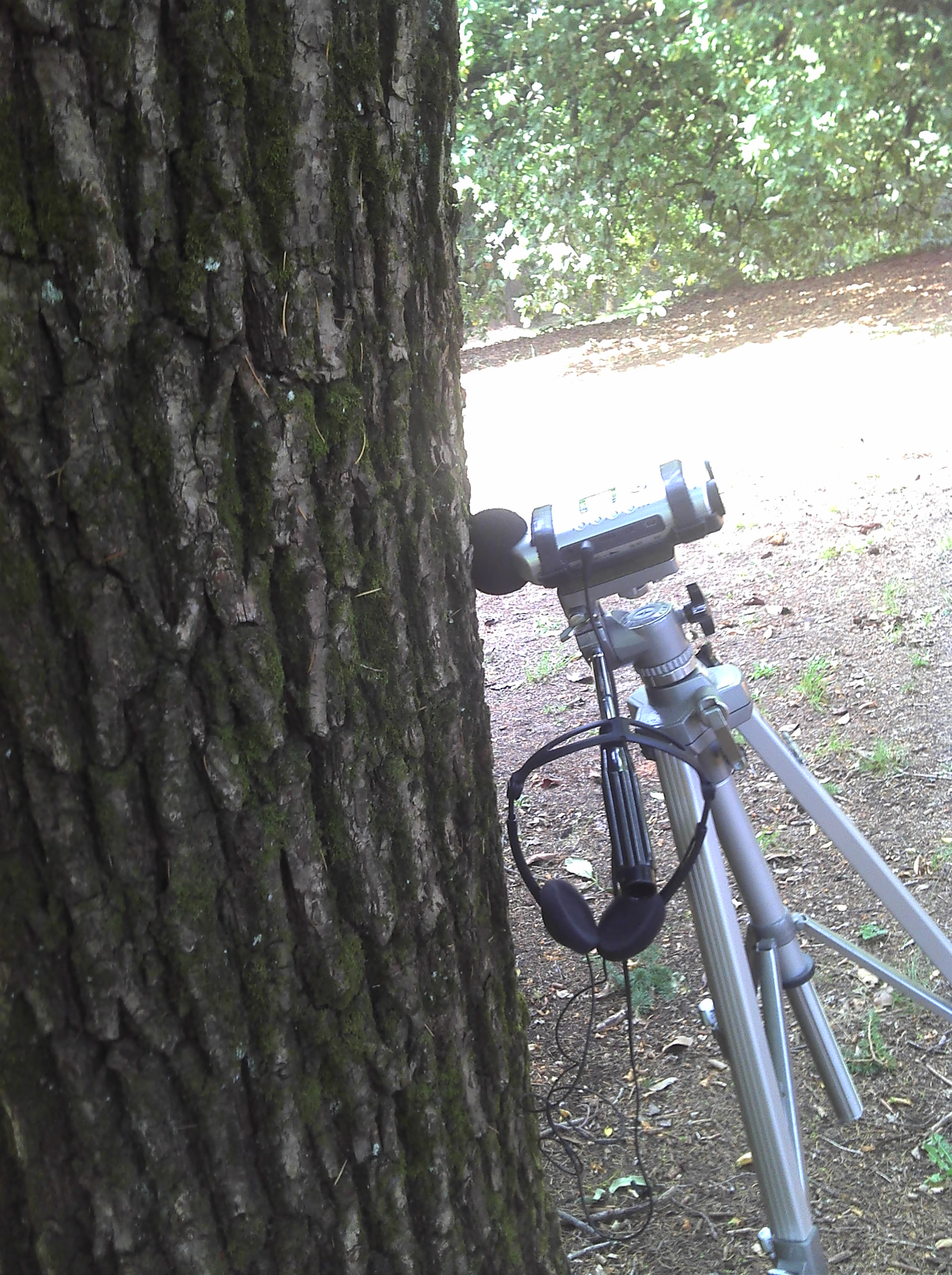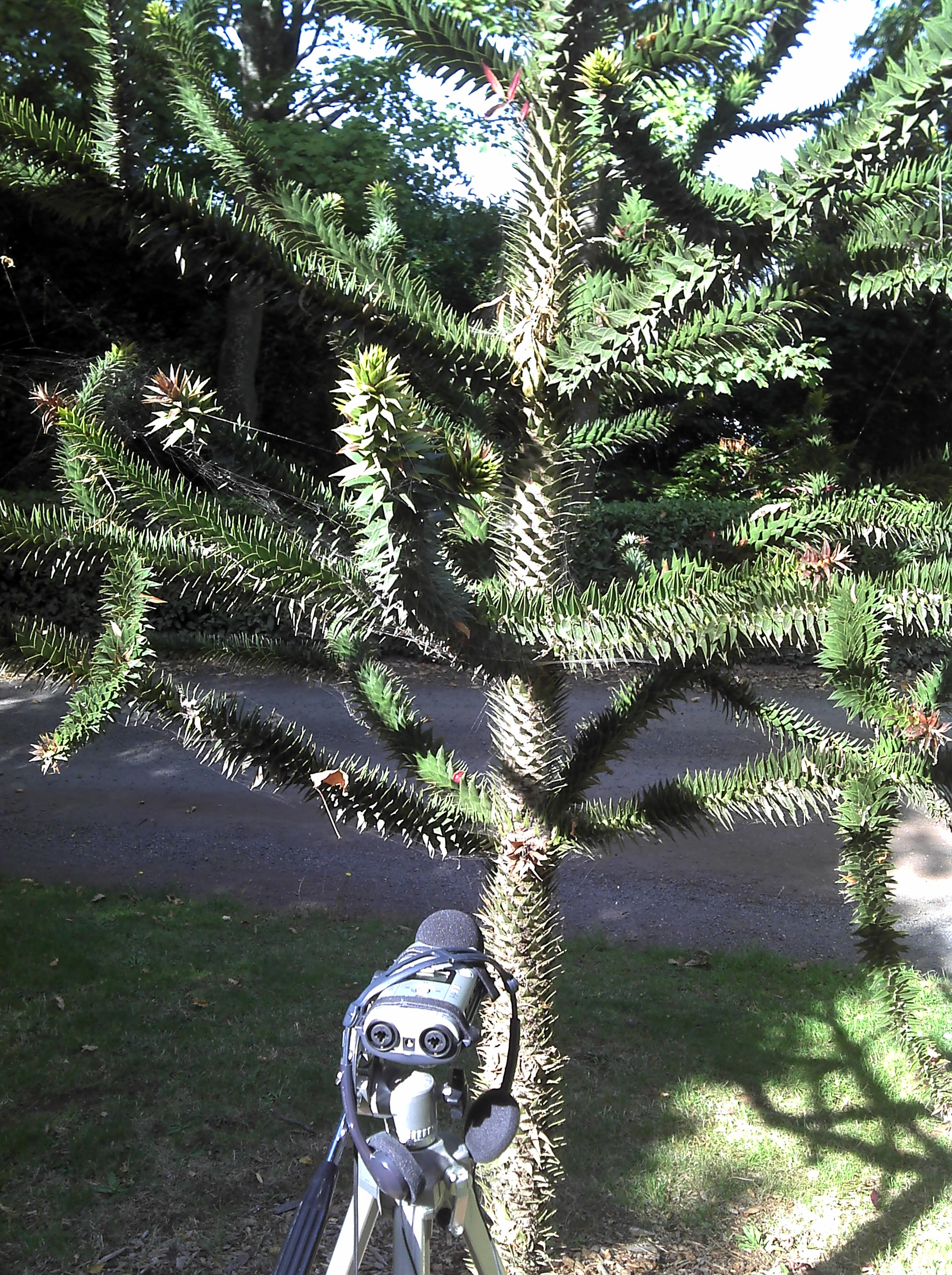100xJohn 16: The View from Wombat Hill - a new piece at EMF
 Friday, April 20, 2012 at 6:40PM
Friday, April 20, 2012 at 6:40PM As part of their 100th birthday celebrations for John Cage, Electronic Music Foundation is organizing 100xJohn, a series of pieces using environmental sounds in celebration of John Cage's life and work. I recently made my contribution for the series, and it's currently available for listening on the Ear To The Earth website. You can access the page for all the pieces here. So far, there are 16 pieces on the site - mine is number 16. So far, I've heard numbers 1-4, and 10 & 11, and they're all pretty neat, and worth hearing. If you want to access my piece directly, click here.
The source sounds for my piece were recorded in the Wombat Hill Botanical Gardens in Daylesford. Here are a couple of photos of the Gardens.


Here are the program notes for my piece:
Made for EMF’s 100xJohn project, this piece combines environmental sounds with algorithmically controlled electronic processing. 100 recordings – 10 second sound snapshots, if you will – were made in the Wombat Hill Botanical Gardens in Daylesford, Victoria, Australia, on the mornings of Monday April 2 (the first 50, on the south side of the hill), and Friday April 6 (the last 50, on the north side of the hill). Wombat Hill is an extinct (we hope) volcano and the village of Daylesford is built upon its slopes. The Botanical Gardens were designed in the late 19th century by Baron Ferdinand von Mueller, and feature deciduous trees from all over the world, including some huge California Redwoods, which have taken to the rich soil and cool moist climate of Daylesford in style, today towering over the surrounding landscape.
For each environmental recording, the direction and location of each recording was determined by the location of a tree in the gardens. That is, for each recording, the recorder is set facing a different tree. During the first recording session, in fact, a slight wind sprang up, and the recorder was actually rested against the trees, which acted as rather large windscreens. So one might say that Baron von Mueller determined the position of the recordings, if not the time of their making.

Tree as windscreen

Recording an auracaria.
Each 10 second recording was processed in two ways. First, it was put through Richard Orton and Archer Endrich’s “Process Pack” software, using the “Shimmer” process. Shimmer is a process which divides an incoming sound into 100 frequency bands, and then arranges those bands in a number of different ways, reconstructing a sound by frequency content. There are a number of parameters which determine the spacing of the frequency bands and how they are then rearranged in time. The values for these parameters were determined by John Cage and Andrew Culver’s “ic” program. For each sound sample, I plugged the relevant ic determined values into Shimmer, and recorded the output.
The second form of processing was done with the demo version of GRM Tools “Evolution.” Evolution grabs spectra from an incoming sound, and morphs between successive grabs. Just as with Shimmer, parameter values for Evolution were made by running ic, and these values were used for each successive recording.
This work (and like some of John Cage’s processes, this involved a LOT of busy work), done on 11 and 12 April, resulted in 300 sound files: 100 originals, 100 Shimmer processed, and 100 Evolution processed. The original environmental recordings were simply butt-spliced end to end making a 16:40 sequence. The butt-splicing sometimes results in abrupt transitions from one “scene” to another. The two processings are mixed with the original environmental recordings, each one beginning in sync with the recording it is derived from. These were all mixed together, resulting in a multilayered, constantly changing sound-scape, in which the kind of electronic sounds derived from the environmental recordings is continually different – the differences determined by the ic values for the parameters.
 Warren |
Warren | 

